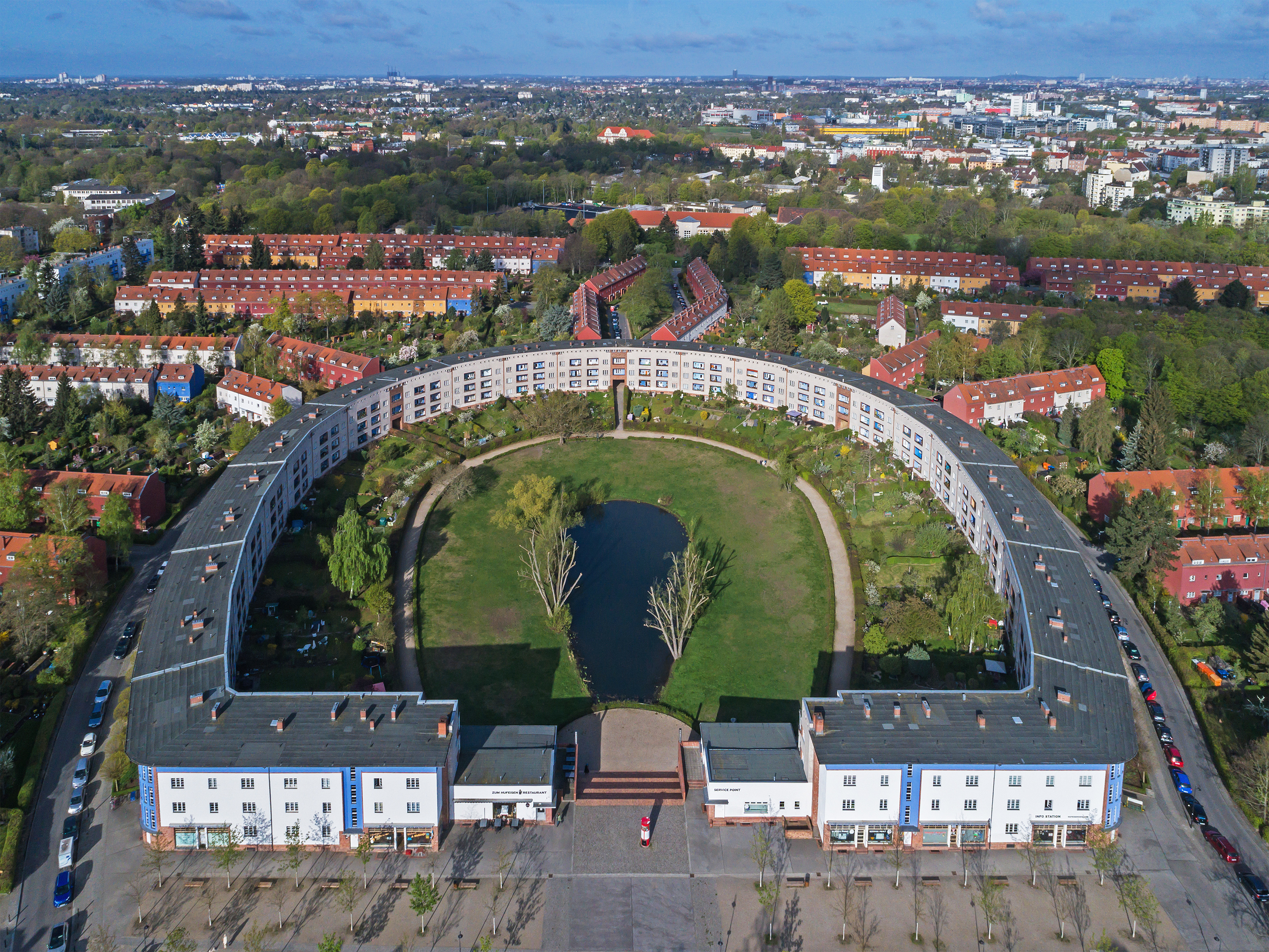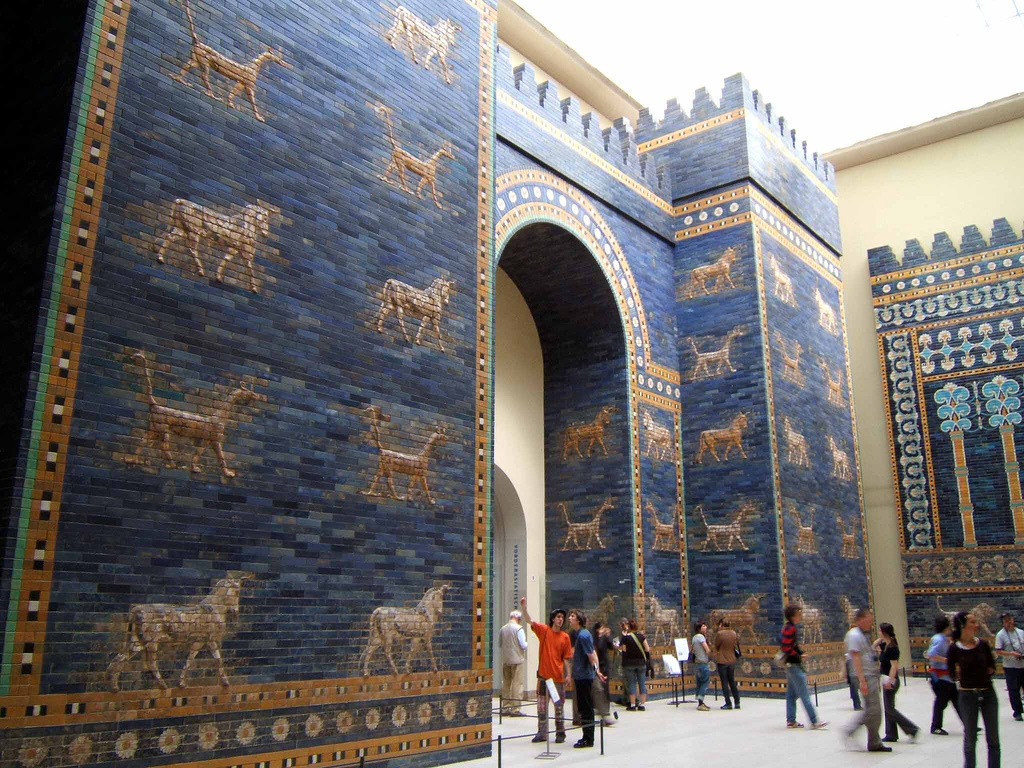|
List Of Tourist Attractions In Berlin
Berlin grew out of the Altstadt, historical city centre, the Nikolai quarter and its adjacent town of Cölln, both situated along the River Spree. It expanded its territories with areas such as Berlin-Dorotheenstadt, Dorotheenstadt and Berlin-Friedrichstadt, Friedrichstadt. The creation of Greater Berlin in 1920 incorporated many former independent towns and municipalities such as Berlin-Spandau, Spandau, Berlin-Charlottenburg, Charlottenburg and Berlin-Köpenick, Köpenick. Today, the urban environment of the metropolis also spreads to parts of Brandenburg and Potsdam. The decentralised development has resulted in a plethora of sights in Berlin – not just in the centre of the city, but also in the outlying boroughs. For various reasons among the world's most recognized symbols of Berlin are the Brandenburg Gate and its tallest landmark, the Berliner Fernsehturm, Berlin TV tower in Berlin-Mitte, Mitte. Skyline File:Siegessaeule Aussicht 10-13 img4 Tiergarten.jpg, View from B ... [...More Info...] [...Related Items...] OR: [Wikipedia] [Google] [Baidu] |
Berliner Fernsehturm
The Berliner Fernsehturm or Fernsehturm Berlin ( en, Berlin Television Tower) is a television tower in central Berlin, Germany. Located in the Marien quarter (''Marienviertel''), close to Alexanderplatz in the locality and district of Mitte, the tower was constructed between 1965 and 1969 by the government of the German Democratic Republic (East Germany). It was intended to be both a symbol of Communist power and of the city. It remains a landmark today, visible throughout the central and some suburban districts of Berlin. With its height of 368 metres (including antenna) it is the tallest structure in Germany, and the third-tallest structure in the European Union. When built it was the fourth-tallest freestanding structure in the world after the Ostankino Tower, the Empire State Building and 875 North Michigan Avenue, then known as The John Hancock Center. Of the four tallest structures in Europe Europe is a large peninsula conventionally considered a continent in it ... [...More Info...] [...Related Items...] OR: [Wikipedia] [Google] [Baidu] |
Pfaueninsel
Pfaueninsel (, "Peafowl, Peacock Island") is an island in the River Havel situated in Berlin-Wannsee, in the district of Steglitz-Zehlendorf in southwestern Berlin, near the border with Potsdam in Brandenburg. The island is part of the Palaces and Parks of Potsdam and Berlin UNESCO World Heritage Site because of its outstanding Prussian architecture, and is a popular destination for day-trippers. Pfaueninsel is also a nature reserve in accordance with the EU Habitats Directive and a Special Protection Area for wild birds. Geography Pfaueninsel is an island of in the river Havel, situated between Kladow to the west and Wannsee to the east and downriver from the Großer Wannsee, in Berlin, Germany. Further downstream ist the Jungfernsee. The island is mostly woodland with some open areas, including lawns and fields. The total size of the protected area, including some water-covered areas, is . History In the late 17th century the island was called ''Kaninchenwerder'' ("Rabbit Isl ... [...More Info...] [...Related Items...] OR: [Wikipedia] [Google] [Baidu] |
Berlin Modernism Housing Estates
Berlin Modernism Housing Estates (german: Siedlungen der Berliner Moderne) is a World Heritage Site designated in 2008, comprising six separate subsidized housing estates in Berlin. Dating mainly from the years of the Weimar Republic (1919–1933), when the city of Berlin was particularly progressive socially, politically and culturally, they are outstanding examples of the building reform movement that contributed to improving housing and living conditions for people with low incomes through innovative approaches to architecture and urban planning. The estates also provide exceptional examples of new urban and architectural typologies, featuring fresh design solutions, as well as technical and aesthetic innovations. Bruno Taut, Martin Wagner and Walter Gropius were among the leading architects of these projects which exercised considerable influence on the development of housing around the world. List of Housing Estates See also *Bauhaus and its Sites in Weimar, Dessau and ... [...More Info...] [...Related Items...] OR: [Wikipedia] [Google] [Baidu] |
Museum Island
The Museum Island (german: Museumsinsel) is a museum complex on the northern part of the Spree Island in the historic heart of Berlin. It is one of the most visited sights of Germany's capital and one of the most important museum sites in Europe. Built from 1830 to 1930 by order of the Prussian Kings according to plans by five architects, Museum Island was designated a UNESCO World Heritage Site in 1999 because of its testimony to the architectural and cultural development of museums in the 19th and 20th centuries. It consists of the Altes Museum, the Neues Museum, the Alte Nationalgalerie, the Bode-Museum and the Pergamonmuseum. As Museum Island includes all of Spree Island north of the Unter den Linden, the Berliner Dom is also located here, near the Lustgarten. To the south, the reconstructed Berlin Palace houses the Humboldt Forum museum and opened in 2020. Since German reunification, the Museum Island has been rebuilt and extended according to a master plan. In 2019, a new ... [...More Info...] [...Related Items...] OR: [Wikipedia] [Google] [Baidu] |
Altes Museum
The Altes Museum (English: ''Old Museum'') is a listed building on the Museum Island in the Mitte (locality), historic centre of Berlin. Built from 1825 to 1830 by order of King Frederick William III of Prussia according to plans by Karl Friedrich Schinkel, it is considered as a major work of German Neoclassical architecture. It is surrounded by the Berlin Cathedral to the east, the Berlin Palace to the south and the Zeughaus to the west. Currently, the Altes Museum is home to the Antikensammlung and parts of the Münzkabinett. As part of the Museum Island complex, the Altes Museum was listed as a UNESCO World Heritage Site in 1999, because of its testimony to the development of museums as a social and architectural phenomenon. Planning and location In the early nineteenth century, Germany's bourgeoisie had become increasingly self-aware and self-confident. This growing class began to embrace new ideas regarding the relationship between itself and art, and the concepts that art sho ... [...More Info...] [...Related Items...] OR: [Wikipedia] [Google] [Baidu] |
Bode Museum
The Bode-Museum (English: ''Bode Museum''), formerly called the Kaiser-Friedrich-Museum (''Emperor Frederick Museum''), is a listed building on the Museum Island in the historic centre of Berlin. It was built from 1898 to 1904 by order of German Emperor William II according to plans by Ernst von Ihne in Baroque Revival style. The building's front square featured a memorial to German Emperor Frederick III, which was destroyed by the East German authorities. Currently, the Bode-Museum is home to the Skulpturensammlung, the Museum für Byzantinische Kunst and the Münzkabinett (sculpture, coins and medals, and Byzantine art). As part of the Museum Island complex, the Bode-Museum was inscribed on the UNESCO World Heritage List in 1999 because of its outstanding architecture and testimony to the development of museums as a cultural phenomenon in the late 19th and early 20th centuries. History and collections Originally called the Kaiser-Friedrich-Museum after Emperor Frederick II ... [...More Info...] [...Related Items...] OR: [Wikipedia] [Google] [Baidu] |
Nefertiti Bust
The Nefertiti Bust is a painted stucco-coated limestone bust of Nefertiti, the Great Royal Wife of Egyptian pharaoh Akhenaten. The work is believed to have been crafted in by Thutmose because it was found in his workshop in Amarna, Egypt. It is one of the most-copied works of ancient Egypt. Nefertiti has become one of the most famous women of the ancient world and an icon of feminine beauty. A German archaeological team led by Ludwig Borchardt discovered the bust in 1912 in Thutmose's workshop. It has been kept at various locations in Germany since its discovery, including the cellar of a bank, a salt-mine in Merkers-Kieselbach, the Dahlem museum, the Egyptian Museum in Charlottenburg and the Altes Museum. It is currently on display at the Neues Museum in Berlin, where it was originally displayed before World War II. The Nefertiti bust has become a cultural symbol of Berlin as well as ancient Egypt. It has also been the subject of an intense argument between Egypt and Germany ... [...More Info...] [...Related Items...] OR: [Wikipedia] [Google] [Baidu] |
Neues Museum
The Neues Museum (English: ''New Museum'') is a listed building on the Museum Island in the historic centre of Berlin. Built from 1843 to 1855 by order of King Frederick William IV of Prussia in Neoclassical and Renaissance Revival styles, it is considered as the major work of Friedrich August Stüler. After suffering damage in World War II and decay in East Germany, it was restored from 1999 to 2009 by David Chipperfield. Currently, the Neues Museum is home to the Ägyptisches Museum, the Papyrussammlung, the Museum für Vor- und Frühgeschichte and parts of the Antikensammlung. As part of the Museum Island complex, the museum was inscribed on the UNESCO World Heritage List in 1999 because of its outstanding architecture and testimony to the evolution of museums as a cultural phenomenon. Overview The Neues Museum was the second museum to be built on Museum Island and was intended as an extension to house collections which could not be accommodated in the Altes Museum. Amo ... [...More Info...] [...Related Items...] OR: [Wikipedia] [Google] [Baidu] |
Ishtar Gate
The Ishtar Gate was the eighth gate to the inner city of Babylon (in the area of present-day Hillah, Babil Governorate, Iraq). It was constructed circa 575 BCE by order of King Nebuchadnezzar II on the north side of the city. It was part of a grand walled processional way leading into the city. The walls were finished in glazed bricks mostly in blue, with animals and deities in low relief at intervals, these also made up of bricks that are molded and colored differently. The German archaeologist Robert Koldewey led the excavation of the site from 1904 to 1914. After the end of the First World War in 1918, the smaller gate was reconstructed in the Pergamon Museum. The gate is 50 feet (15.2 meters) high, and the original foundations extended another 45 feet (13.7 meters) underground. The reconstruction of the Ishtar Gate in the Pergamon Museum is not a complete replica of the entire gate. The original structure was a double gate with a smaller frontal gate and a larger an ... [...More Info...] [...Related Items...] OR: [Wikipedia] [Google] [Baidu] |
Pergamon Museum
The Pergamon Museum (; ) is a listed building on the Museum Island in the historic centre of Berlin. It was built from 1910 to 1930 by order of German Emperor Wilhelm II according to plans by Alfred Messel and Ludwig Hoffmann in Stripped Classicism style. Landesdenkmalamt Berlin As part of the Museum Island complex, the Pergamon Museum was inscribed on the in 1999 because of its architecture and testimony to the evolution of museums as architectural and social phenomena.< ... [...More Info...] [...Related Items...] OR: [Wikipedia] [Google] [Baidu] |
Alte Nationalgalerie
The Alte Nationalgalerie ( ''Old National Gallery'') is a listed building on the Museum Island in the Mitte (locality), historic centre of Berlin, Germany. The gallery was built from 1862 to 1876 by the order of King Frederick William IV of Prussia according to plans by Friedrich August Stüler and Johann Heinrich Strack in Neoclassical architecture, Neoclassical and Renaissance Revival architecture, Renaissance Revival styles. The building's outside stair features a memorial to Frederick William IV. Currently, the Alte Nationalgalerie is home to painting, paintings and sculpture, sculptures of the 19th century and hosts a variety of tourist buses daily. As part of the Museum Island complex, the gallery was inscribed on the UNESCO World Heritage List in 1999 for its outstanding architecture and its testimony to the development of museums and galleries as a cultural phenomenon in the late 19th century. History Founding The first impetus to founding a national gallery came in 181 ... [...More Info...] [...Related Items...] OR: [Wikipedia] [Google] [Baidu] |

.jpg)







